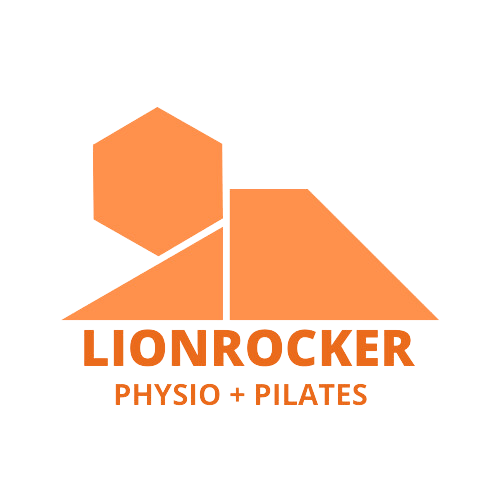PRINTABLE VERSION
Lion Rocker Connect – August 2021
Do you have pain in your low back and pelvic areas? You might suffer from Pelvic Girdle Pain. At Lion Rocker Physio and Pilates, we provide specialised physio in treatment for pelvic girdle pain. Today, let’s us explain to you what exactly is Pelvic Girdle Pain.
The pelvic girdle
The pelvic girdle is a ring of bones around the base of the spine and consists of the iliac bones, sacrum and coccyx. It has a joint at the front called the symphysis pubis and two joints at the back called the sacroiliac joints.
Pelvic girdle pain – what is it?
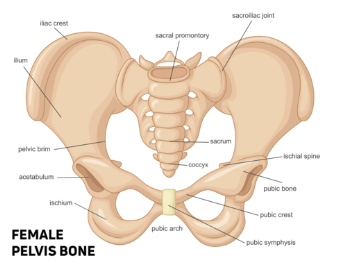
Pelvic girdle pain (PGP) is commonly defined as pain or discomfort in the pelvis and lower back area, which may radiate to the upper thighs and perineum.
Symptoms may include:
-
Popping and clicking sounds in the pelvic joints
-
Pain with walking
-
Pain with crossing legs
-
Pain with going up and down stairs
-
Pain with getting in and out of the car
-
Pain with rolling in bed
-
Pain during sexual intercourse
Symptoms can vary from a mild discomfort

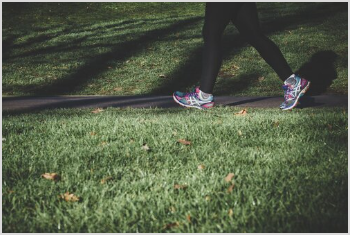

to severe, debilitating pain which can result in significant physical disability with psychosocial implications, such as time away from work, poorer quality of life and a predisposition for chronic pain syndromes.
Pregnancy-related PGP (PRPGP)
Some women experience pain in these pelvic joints during pregnancy due to the extra weight of the baby and changing postures, making the pelvic girdle more unstable. This pain can persist in some women during childbirth and even into the postpartum period. Some women who have a history of hyper-mobility (loose joints), or previous injury to the back and/or pelvis may be at a higher risk of developing PRPGP. A woman who has experienced this problem in one pregnancy may be more at risk of PGP in future pregnancies, although this can be reduced by maintaining fitness and increasing abdominal and pelvic floor muscles strength.
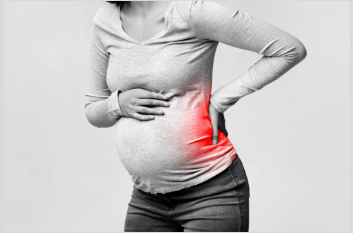
What can physio do?
Pelvic floor muscles will also be assessed, and exercises will be taught to provide more support to the pelvic girdle. The use of support garments like belts or shorts, or mobility aids, like crutches or a wheelchair in severe cases, may be recommended. Other treatment can include dry needling and manual therapy to the affected muscles and joints and advice will be given to manage this problem.
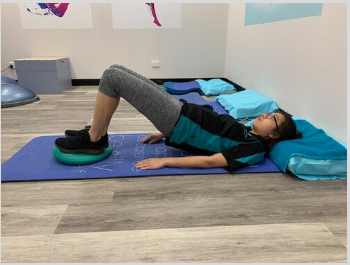
We would love to hear your feedback, please let us know your thoughts. If you are interested in other topics, please let us know and we will cover them next time.
Source and reference:
Department of Health Pregnancy Care Guidelines
Pelvic Pain Foundation of Australia
Australian Journal of General Practice – Pelvic Girdle Pain in Pregnancy
